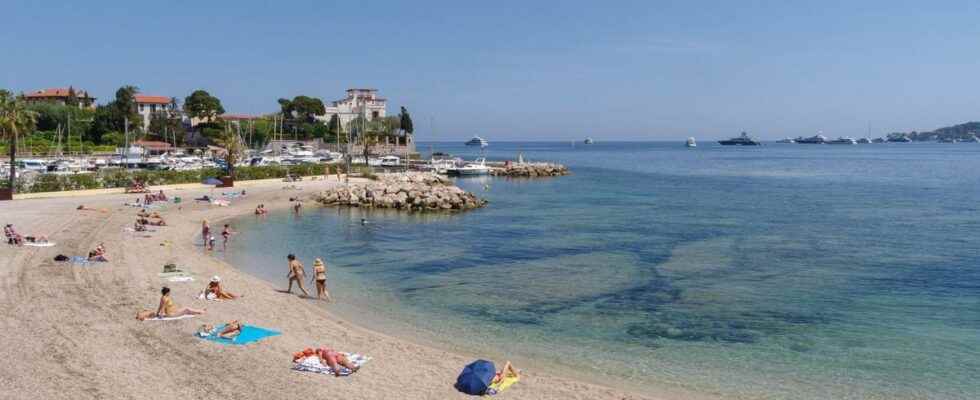Published on
Updated
Reading 2 mins.
In recent weeks, the French beach of Baia Bella, located in Beaulieu-sur-mer on the Côte d’Azur, has been talked about. His particuliarity ? It prides itself on being the “first carbon-neutral beach in France”. But what does that mean exactly?
Carbon neutrality is becoming the major ecological objective, claimed by many entities around the world (cities, countries, companies). A term used to designate an activity of human origin (for example that of a company), which absorbs as much carbon as it emits. A difficult equation to achieve, often driven by the principle of carbon offsetting. Or the fact of investing in projects with a strong environmental impact, elsewhere in the world.
This is particularly what the private beach “Baia Bella”, created in 2021 by the Vannini family and located in Beaulieu-sur-Mer in the Alpes-Maritimes, does. Eager to counter the impact of its activities, the owners called on the Allcot company to measure the carbon footprint generated during the first year of existence of their beach. Verdict: 13 tons of CO2 equivalent, mainly related to restaurant activity, waste production and staff travel.
To claim neutrality, the Vannini family opted for the carbon offset solution by financing two projects. The first, “Durango-EcoMethane” supports the production of renewable energy in Mexico obtained from household waste. The second, “Maisa REDD+ Project” aims to fight against deforestation in the Amazon, protect indigenous populations and promote sustainable agriculture in the Parà region, in northern Brazil. A commitment which, according to a report by the Allcot company, would make it possible to offset 26 tonnes of the emissions generated by the activity of this beach. And therefore to achieve a negative balance of 12.5 tonnes CO2 eq per year.
But the owners of this beach are not content to communicate around these projects to be part of an ecological approach. Concrete actions are also deployed on the site. Solar panels to heat the water, wooden furniture made in Europe, organic and local products, returnable glass… Water from the showers and that from the rain are also reused for watering the plants. And holidaymakers, like staff, are encouraged to come to the site by opting for soft mobility (cycling, scooter, walking) or by carpooling.
An eco-responsible beach model, which other seaside resorts could take inspiration from!
